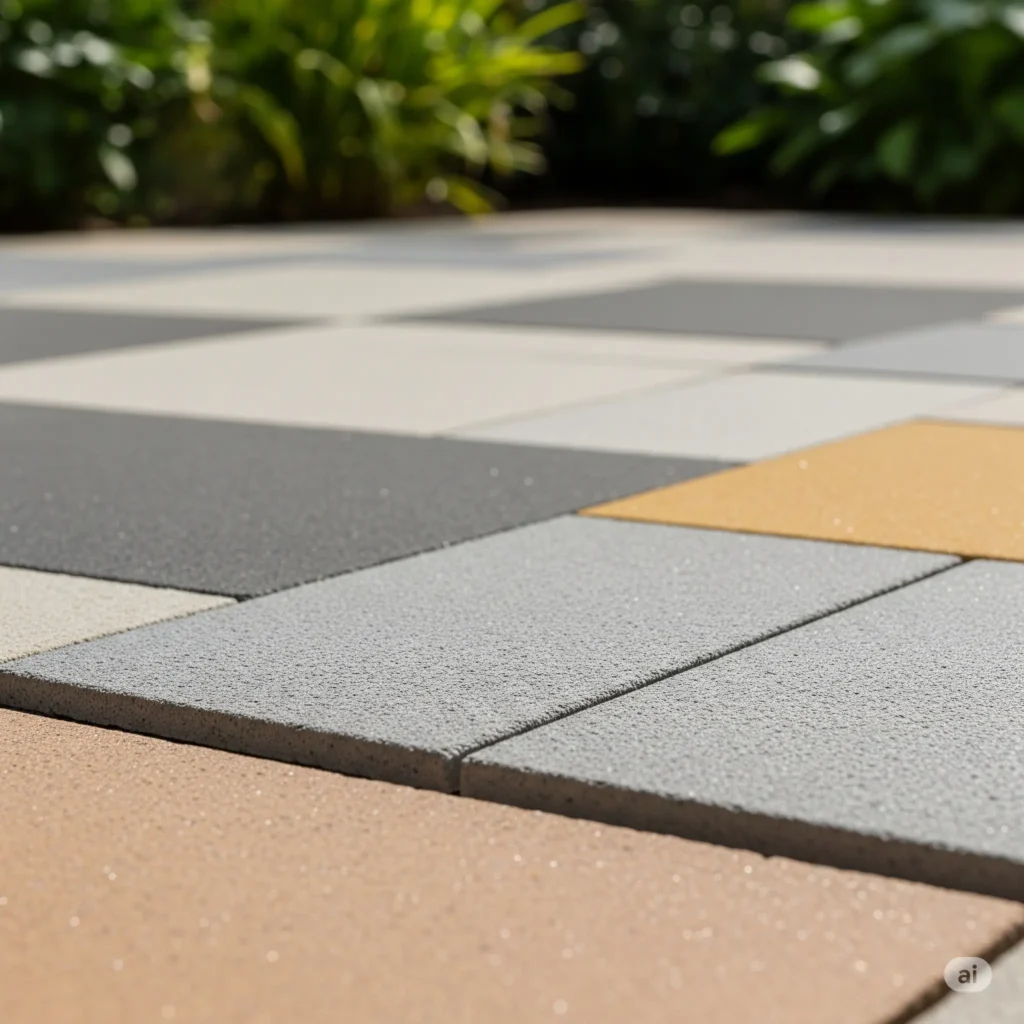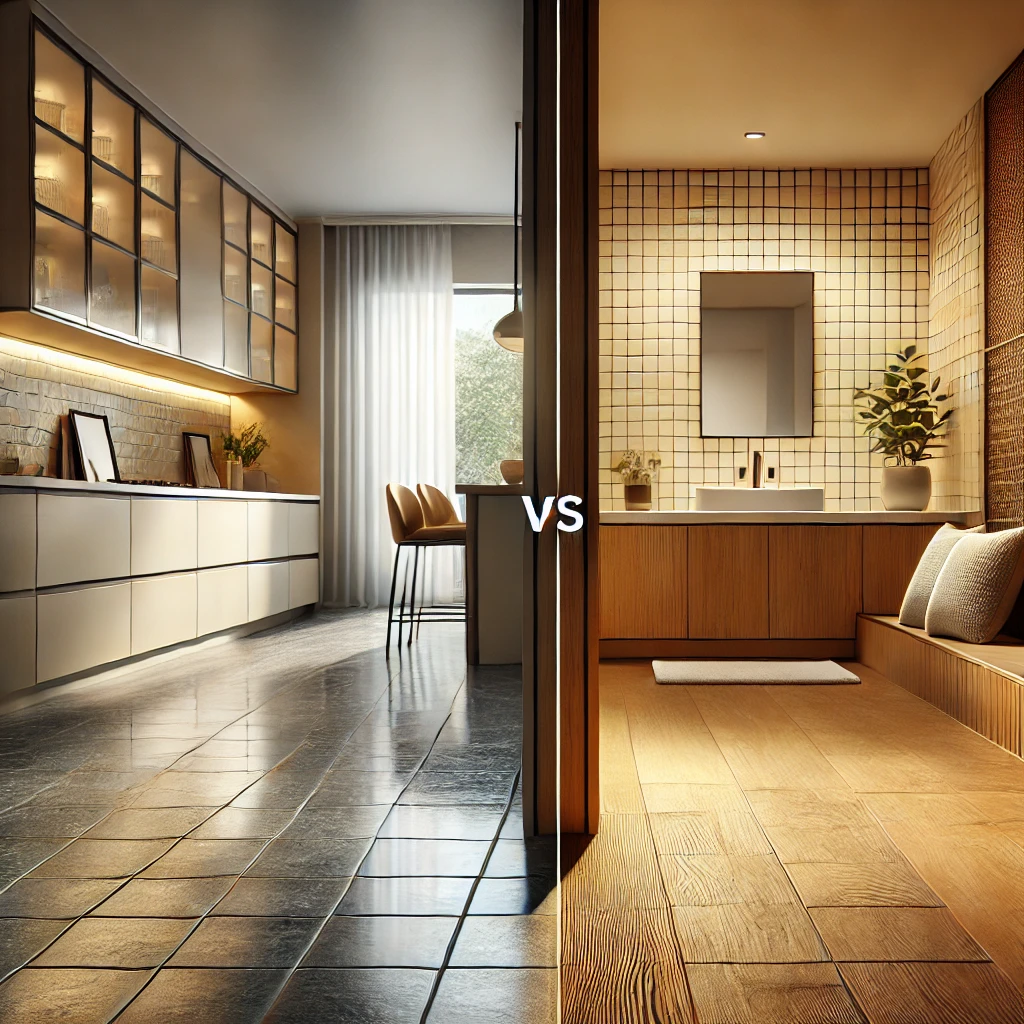Introduction to Non-Slip Outdoor Tiles
Non Slip Outdoor Tiles Anyone who has stepped outside after a heavy rain knows the unnerving sensation of a slick tile beneath their shoes. Patios, balconies, and pool surrounds ought to be havens for relaxation, not arenas for potential injuries. Non-slip outdoor tiles are engineered to provide reliable traction whether the weather is wet or dry. This guide surveys the essential points of selecting, installing, and caring for these specialized tiles across terraces, walkways, and leisure areas.
Why Choose Non-Slip Tiles for Outdoor Spaces?
Truth be told, almost every outdoor surface can become hazardous at some point. A light drizzle on a porcelain patio, the residue of a barbecue, or spray from energetic swimmers can render even textured stone dangerously slippery. Non-slip tiles tackle that problem directly, fusing safety features with attractive aesthetics so homeowners need not sacrifice design ambition in pursuit of security.
Understanding the Risks: Slippery Surfaces Outdoors
Falls remain one of the most frequently reported outdoor injuries, and the culprits are often subtle. Wet leaves, early-morning dew, or creeping moss can transform a benign paving into a curiously treacherous zone. Opting for the proper flooring therefore goes well beyond styling it helps head off accidents before guests or family members encounter them.
How Non-Slip Outdoor Tiles Work
A tile earns the label non-slip primarily through its surface texture and the materials used. These products are crafted with slightly coarse finishes, tiny grooves, or specialized coatings that boost friction even after a rain. Some contain embedded grit or embossed patterns to deliver even more traction.

Types of Non-Slip Outdoor Tiles
Affordable and surprisingly versatile
Can be found in an array of colors and patterns
Performs best in covered patios or light-traffic spots
Porcelain Non-Slip Tiles
Dense, low-water-absorption body
Perfect for pool decks and heavy-footfall areas
Offered in many slip-resistant surface options
Natural Stone Non-Slip Tiles
Slate, granite, and travertine top the list
Inherently textured for natural grip
Each tile is one-of-a-kind, adding rustic charm
Composite and Rubber Tiles
Soft underfoot and quick to install
Works well in playgrounds or temporary patios
Often made from recycled materials for eco-minded projects
Key Features to Look for in Non-Slip Outdoor Tiles
Slip Resistance Ratings (R Ratings): Choose R10 or higher for steady outdoor footing.
Texture and Surface Finish: Rougher surfaces generally offer better grip.
Water Absorption and Drainage: Low-absorption porcelain shines; always plan for drainage to keep surfaces dry.
UV and Weather Resistance: Quality outdoor tiles resist colour fade and cope with sudden temperature shifts, keeping patios looking fresh year-round.

Where to Use Non-Slip Outdoor Tiles
Patios and Decks: Entertain confidently, even right after a rain shower.
Pool Surrounds: High-traction glazing stops slips, safeguarding swimmers and guests.
Walkways and Garden Paths: Textured trails guide visitors securely through the entire landscape.
Balconies and Rooftops: Tough, slip-proof surfaces add both flair and peace of mind to elevated zones.
Outdoor Stairs: Risers and treads with extra grip sharply cut the risk of hard falls.
Design and Aesthetic Options
Who says safety must sacrifice style? Today’s non-slip tiles offer dozens of colours, patterns, and finishes. Love rich wood tones but hate upkeep? Or want a cool slate look around the pool? Designer ranges let you mix themes, creating a seamless indoor-outdoor flow.
Installation Tips for Non-Slip Outdoor Tiles
Surface Preparation: Always start with a clean, flat base that drains freely.
Grouting and Sealing: Choose frost-resistant grout and sealants rated for exterior use.
DIY vs. Professional Installation: Handy with tools? Small balconies and patios are often DIY-friendly; larger or sloped areas usually need a qualified pro.
Maintenance and Cleaning
Routine Cleaning: Sweep weekly and rinse lightly whenever dirt builds up.
Dealing with Moss, Algae, and Stains: Simply scrub with a stiff brush and mild all-purpose cleaner; avoid harsh acids or bleach that dull or scratch the tile surface.
Seasonal Overview: After winter storms or deep freezes, check for cracks or loose tiles on patios and walkways.
Cost Overview and Budgeting
Material Price Ranges: Ceramic tends to be the least expensive choice; natural stone and premium porcelain are pricier but usually far sturdier.
Long-Term Value Versus Up-Front Cost: Higher-quality tile reduces repairs, lowers slip hazards, and pays dividends over the years.
Project Highlight: Real-Life Outdoor Makeovers
Project One: Family Pool Deck Revival
Before: slippery, cracked concrete
After: large, textured porcelain tiles that look modern yet grip shoes.
Project Two: Skyline Rooftop Retreat
Before: bare, weather-beaten slab.
After: tongue-and-groove composite tiles, simple to clip on, that create a welcoming lounge.
Frequent Pitfalls to Dodge
Using indoor tile outdoors-they fail quickly
Overlooking slip ratings-appearance is misleading.
Neglecting drainage-ponds breed moss and damage.
Skipping grout sealer-gaps widen without protection.
Expert Tips for Longer Life and Safety
Anti-Slip Products: Specialty coatings add grip to existing surfaces.
Outdoor Mats and Rugs: Place them in busy spots for extra traction.
Drainage: Design a slight slope or install channels to keep water flowing clear.
Sustainability and Eco-Friendly Options
If environmental impact matters to you, seek tile lines that incorporate recycled content or that carry low-carbon certifications. Many composite and rubber styles contain post-consumer material, while some natural stone ranges limit quarrying through responsible sourcing.
Frequently Asked Questions (FAQs)
Q1: Are non-slip outdoor tiles really effective when wet?
Absolutely; reputable non-slip ranges use specialist textures and formulations that grip reliably, even during heavy rain.
Q2: Can I install non-slip tiles myself?
You can tackle small, square areas over a weekend, but intricate layouts or larger patios will benefit from a qualified installer.
Q3: How do I clean non-slip tiles?
Routine sweeping plus a monthly mop with mild soap keep most finishes spotless; stubborn algae may need a stiff brush and outdoor-safe cleaner.
Q4: Will non-slip tiles fade in the sun?
Top-tier options feature UV-stable pigments that resist fading for years, though its wise to verify this in the product data sheet.
Q5: Are non-slip tiles more expensive than regular tiles?
Initial costs may be higher, yet longer life and added safety often outweigh the premium over standard wall or floor tiles.
Conclusion: Making the Right Choice for Your Outdoor Space
Selecting slip-resistant tiles for patios or walkways goes beyond accident prevention; it helps set a welcoming atmosphere where family and guests can move freely, rain or shine. When architects and homeowners combine the right material, thoughtful pattern, and expert laying, they gain a long-lasting surface that stays easy on the eye and the foot through changing seasons.
Are you ready to upgrade your balcony, pool deck, or garden pathway? Begin your search for slip-resistant designs now and step toward a safer, smarter outdoor setting.



